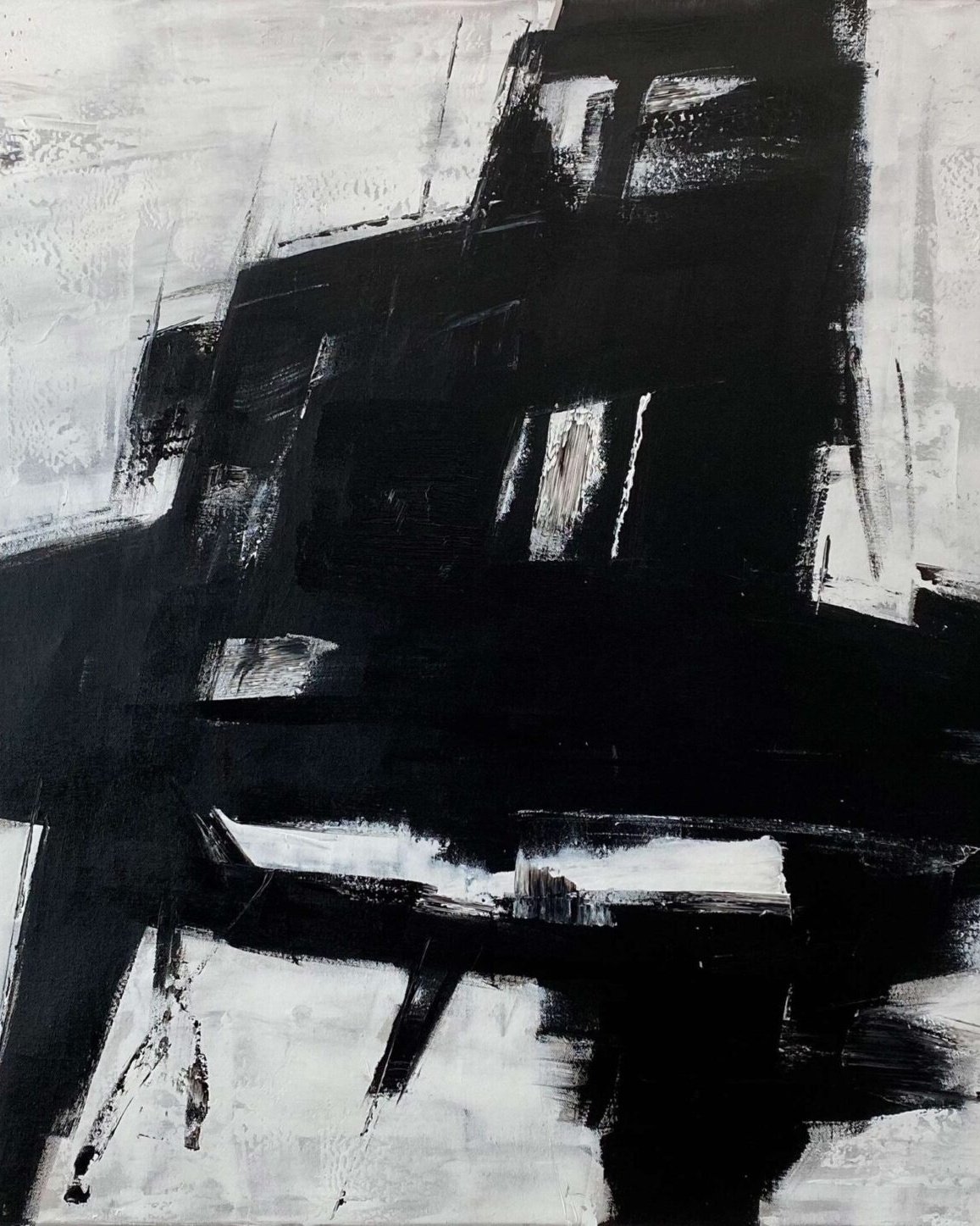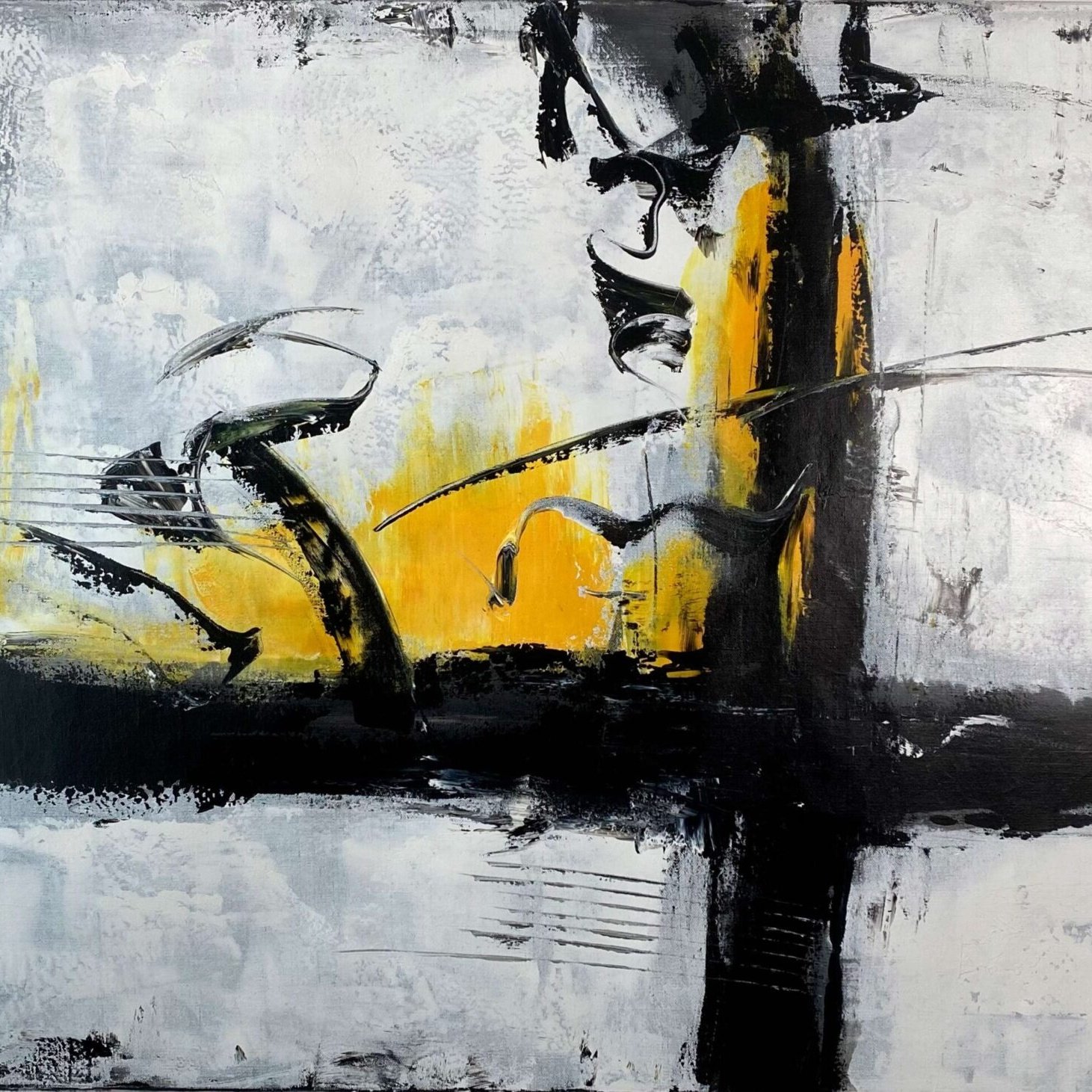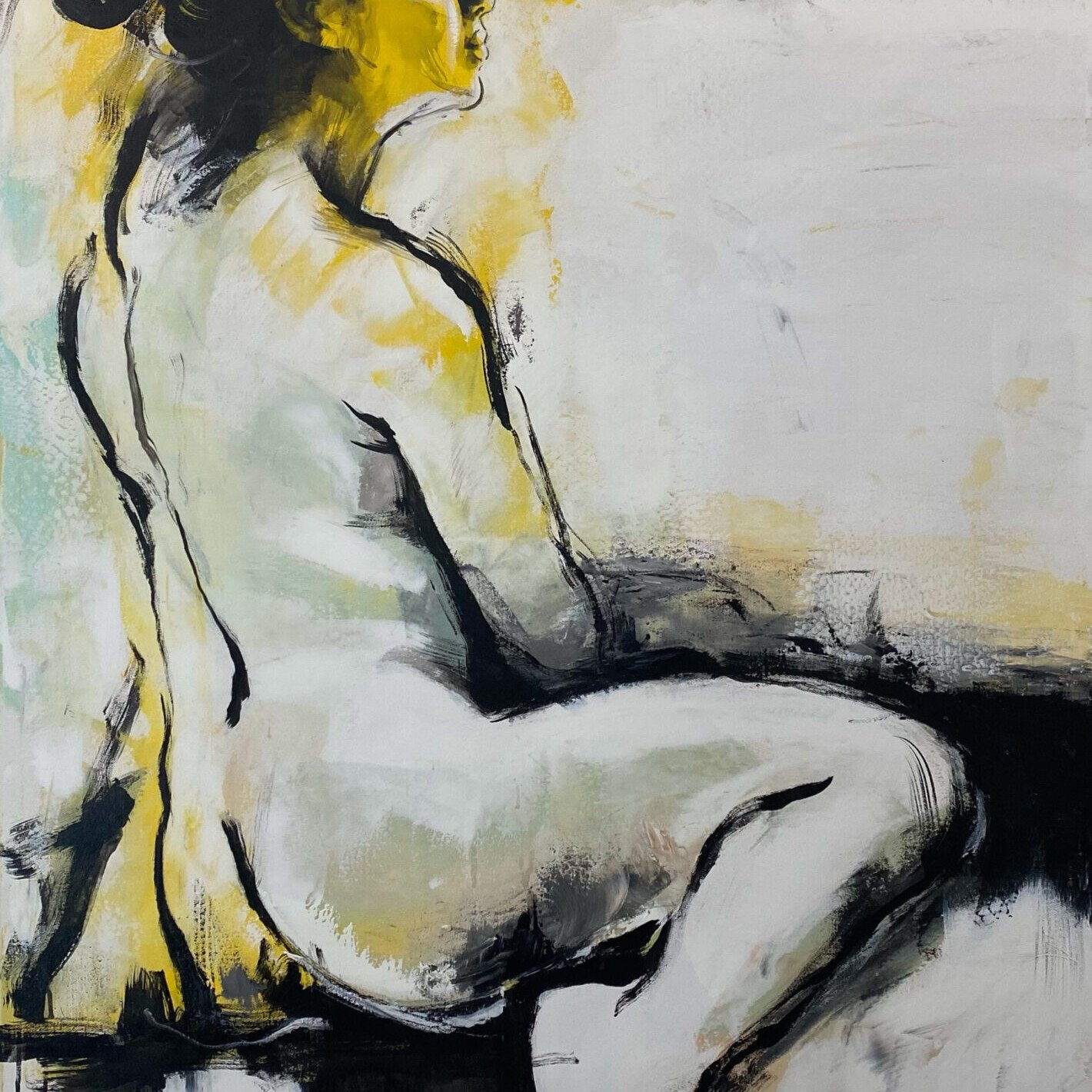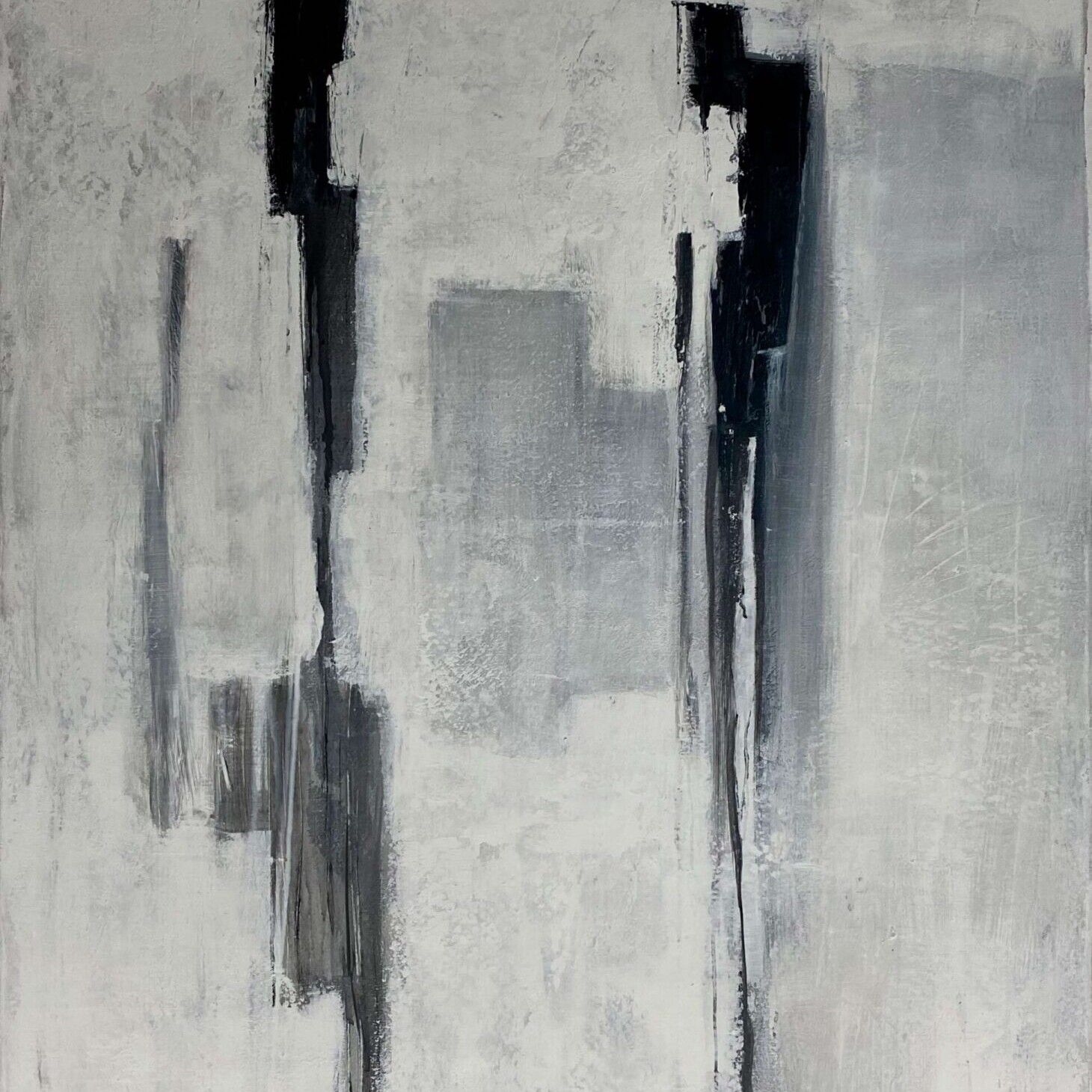7 characteristics of art
Exploring the 7 characteristics of art—form, line, color, texture, value, space, and composition—deepens appreciation and shapes interpretation.


Introduction: Understanding the Seven Characteristics of Art
Art is a diverse and fascinating field that encompasses various forms, styles, and techniques. At the core of every artwork lie the seven characteristics of art, which include form, line, color, texture, value, space, and composition. These characteristics play a vital role in defining and distinguishing different artworks. By exploring these characteristics, we can gain a deeper appreciation and interpretation of art.
Form
Artists utilize different forms, such as geometric or organic shapes, to create visual interest and convey meaning. For example, in a sculpture, the form is evident in the physical shape and structure of the artwork. In a painting, the form can be represented through the arrangement and structure of objects. Additionally, the use of negative space can also contribute to the overall form of an artwork.
In “The Creation of Adam”, the shape and form of God are depicted with great detail and dynamism. God’s form is robust, with well-defined muscles and drapery that highlights his divine power and strength. His powerful form contrasts with the languid form of Adam, emphasizing the difference between the Creator and the created. The form of God is encapsulated in a swirling cloak filled with cherubs, suggesting both motion and etherealness.
The moment where the fingers of God and Adam almost meet is a poignant instance of form and space in art. The negative space between the two fingers becomes as significant as the forms themselves. The use of form, combined with line and color, provides depth, creating the illusion that God is extending from the depths of the heavens to give life to Adam.
Line
Line, another crucial characteristic of art, can be used to define shapes, create movement, and convey emotions. Artists use various types of lines, such as straight, curved, or jagged, to evoke different feelings and impressions. For instance, a painting with bold, straight lines may create a sense of strength and stability, while delicate, curving lines can evoke a feeling of grace and elegance. Lines can also be used to guide the viewer’s eye through the artwork, creating a visual flow.
The characteristic of line in art is not limited to two-dimensional works like drawings and paintings. It can also be found in sculptures, ceramics, and even architecture. In sculpture, lines can be created through the carving or molding process. In architecture, lines are evident in the clean, straight edges of buildings or the curves and arches of architectural structures. Lines are a versatile characteristic that artists can manipulate to create different effects and convey various messages.
Book suggested: Point and line to plane
Kandinsky meticulously breaks down complex artistic concepts to their core, enabling readers to understand the DNA of art itself. As you embark on this journey, you’ll come to see art, especially abstract art, in a profoundly new light. This book is essential reading because it equips you with the analytical tools to appreciate the nuances of artistic expression, and in doing so, enriches your entire art-viewing experience.


Color
Color is a powerful characteristic that can evoke emotions, set the tone, and communicate messages in art. Artists use color palettes, including primary, secondary, and complementary colors, to create visual harmony or contrast. Colors can be warm or cool, vibrant or muted, and their combinations contribute to the overall aesthetic and meaning of an artwork. For example, a painting with warm, vibrant colors may convey energy and excitement, while a piece with cool, muted colors may evoke a sense of tranquility.
Colors can also be symbolic and carry cultural or contextual significance. For instance, in Western culture, the color red is often associated with passion and love, while blue is associated with calmness and tranquility. Artists can use color symbolism to enhance the narrative or meaning of their artworks. Additionally, color theory, which explores the relationships between colors, can be employed to create visual impact and balance within an artwork.
Color can also be used to create emphasis and focal points within an artwork. Artists can strategically use a pop of color to draw the viewer’s attention to a specific area or object. This technique can create visual interest and guide the viewer’s interpretation of the artwork. For example, in a painting with predominantly neutral colors, the artist may add a vibrant red object to create a focal point and add a sense of contrast.
Texture
Texture in art refers to the surface quality or tactile feel of an artwork. Artists use various techniques, such as brushstrokes, layering, or mixed media, to create different textures. Texture adds depth, visual interest, and a tactile quality to the artwork, enhancing the overall sensory experience. For instance, a sculpture made of rough, textured materials can create a sense of ruggedness and tactility, while a painting with smooth, blended brushstrokes may convey a sense of softness.
Texture can also be simulated or implied in two-dimensional artworks. Artists can use techniques like stippling or cross-hatching to create the illusion of texture on a flat surface. These techniques allow viewers to visually experience the texture even though they cannot physically touch it. Texture can also be used to differentiate between different elements within an artwork, creating contrast and enhancing the overall composition.
In addition to the visual aspect, texture can also have a psychological impact on the viewer. Rough textures may evoke a sense of discomfort or unease, while smooth textures can create a feeling of calmness or serenity. Artists can manipulate the texture of an artwork to elicit specific emotional responses or enhance the overall narrative. For example, the rough texture of a sculpture depicting a war scene may contribute to the viewer’s sense of tension and chaos.
Value
Value refers to the lightness or darkness of tones in an artwork. Artists use value to create contrast, emphasize certain elements, and establish a sense of depth. By manipulating light and shadow, artists can add drama, highlight focal points, and create a sense of realism or abstraction. For example, a painting with a wide range of values may convey a sense of depth and dimension, while an artwork with limited values may create a more graphic or stylized effect.
Value can also be used to evoke mood and atmosphere in art. Artists can manipulate the values to create a sense of lightness and brightness or darkness and gloominess, depending on the desired emotional impact. A skilled artist can effectively use value to guide the viewer’s attention and create a sense of visual hierarchy within the artwork.
In addition to light and shadow, value can also be influenced by color. The value of a color refers to its relative lightness or darkness compared to other colors. Artists can create value variations by adding black or white to a color, creating shades and tints. This manipulation of value can add depth and dimension to an artwork. For example, in a landscape painting, the artist may use lighter values in the distance to create a sense of atmospheric perspective, while darker values in the foreground can create a sense of depth and solidity.
Space
Space in art refers to the area or distance between, around, or within objects or elements. Artists use positive and negative space to create balance, depth, perspective, and a sense of movement. Space can be utilized to convey a feeling of openness or confinement, and it plays a crucial role in the overall composition of an artwork. For instance, a photograph with a vast expanse of empty space may evoke a sense of loneliness or isolation, while a painting with carefully arranged objects may create a sense of harmony and balance.
Space can also be used to create the illusion of depth and perspective in two-dimensional artworks. Artists employ techniques like overlapping, diminishing scale, and atmospheric perspective to give the impression of distance and space within the artwork. By manipulating the placement and arrangement of objects, artists can create a sense of spatial relationships and guide the viewer’s perception.
The use of space can vary greatly depending on the artistic style and intention. Some artists may leave large areas of empty space to create a minimalist or contemplative effect. Others may fill the space with intricate details and patterns to create a sense of visual richness. The manipulation of space is a powerful tool that artists can use to evoke different emotions and create a unique visual experience for the viewer.
Composition
Composition is the arrangement and organization of the elements within an artwork. Artists make deliberate choices regarding the placement, balance, and visual flow of elements to create a harmonious and impactful composition. Composition affects the viewer’s perception, guiding their attention and interpretation of the artwork. For example, a painting with a strong focal point and a balanced arrangement of elements may draw the viewer’s eye and create a sense of unity.
Composition principles, such as balance, unity, rhythm, and emphasis, help artists create visually appealing and cohesive artworks. Balance can be achieved through symmetrical or asymmetrical arrangements of elements, creating a sense of equilibrium. Unity ensures that all elements within the artwork work together harmoniously, while rhythm adds a sense of movement and visual flow. Emphasis allows certain elements to stand out and grab the viewer’s attention, creating focal points within the composition.
The rule of thirds is a common composition technique used in photography and other visual arts. According to this rule, the frame is divided into nine equal parts using two horizontal and two vertical lines. The main elements of the composition are then placed along these lines or at their intersections, creating a visually pleasing and balanced composition. This technique helps create a sense of harmony and balance within the artwork.
The Role of the Characteristics in Art
Each characteristic of art plays a significant role in the overall aesthetic and meaning of a piece. Artists make deliberate decisions regarding these characteristics to express their ideas, convey emotions, and communicate messages. The interplay of these characteristics contributes to the uniqueness and impact of an artwork. For example, an artist may use color, texture, and composition to evoke a specific mood or convey a particular concept.
The elements and principles of design, including form, line, color, texture, value, and space, are the building blocks of art. Artists use these elements in conjunction with the principles of design, such as balance, unity, rhythm, and emphasis, to create visually appealing and cohesive artworks. Understanding these elements and principles helps us analyze and appreciate the artistic choices made by artists. For example, an artist may use the principle of balance to create a sense of stability or the principle of rhythm to convey movement and energy.
Understanding the characteristics of art enhances our ability to appreciate and interpret artworks. By recognizing and analyzing these characteristics, we can delve deeper into the artist’s intentions, techniques, and messages. Developing this understanding allows us to engage with art on a more profound and meaningful level. For example, by understanding how an artist uses color and texture, we can interpret the emotions and themes they are trying to convey.
Various artworks exemplify the utilization of the seven characteristics. In a painting, for example, form can be represented through the arrangement and structure of objects, while color and value create mood and depth. Sculptures often showcase the interplay of form, texture, and space to create a tangible and immersive experience. For instance, a sculpture made of rough, textured materials with dynamic forms may utilize negative space to create a sense of movement and balance.
While the seven characteristics are crucial, other factors contribute to the uniqueness of art. Style, technique, subject matter, cultural influences, and historical context all shape an artwork’s identity and significance. These factors, in combination with the characteristics of art, contribute to the rich and diverse world of artistic expression. For example, the use of a specific artistic style or the incorporation of cultural symbols can add layers of meaning to an artwork.
Developing an eye for recognizing the characteristics of art requires active engagement and observation. Engage in art appreciation activities, visit galleries and museums, and study the works of renowned artists. Practice analyzing and interpreting artworks based on their characteristics, gradually honing your ability to recognize and appreciate them. Over time, you will develop a keen eye for identifying and appreciating the unique characteristics that make each artwork special.
Understanding the seven characteristics of art is a gateway to a deeper appreciation and interpretation of artworks. By exploring the elements of form, line, color, texture, value, space, and composition, we can unlock the stories and emotions embedded within art. Embrace these characteristics and continue exploring the vast and diverse world of art, enriching your understanding and enjoyment of this captivating field.
External links used in this article
- www.moma.org/learn/moma_learning/themes/what-is-modern-art/line
- www.wassilykandinsky.net/book-117.php
- www.wassilykandinsky.net/book-pointlinetoplane.html
- www.colormatters.com/color-and-design/why-color-matters
- www.tate.org.uk/art/art-terms/t/texture
- www.britannica.com/art/value-art
- www.tate.org.uk/art/art-terms/s/space
- www.nga.gov/education/teachers/lessons-activities/elements-of-art-design.html
- www.tate.org.uk/art/art-terms/f/form



